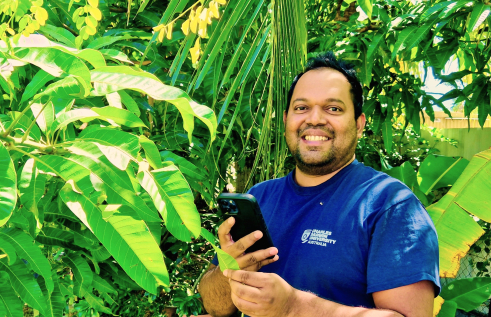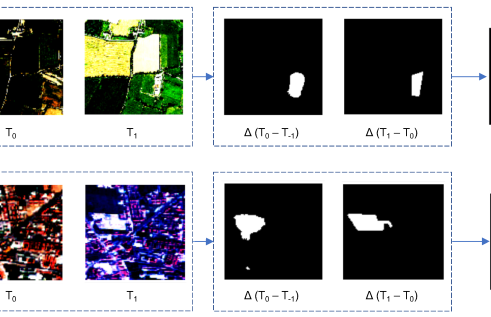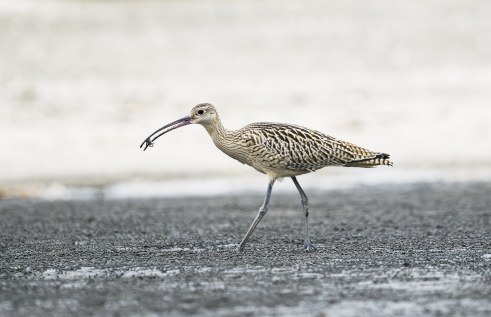News
Animal diversity key to ecosystem restoration
A Charles Darwin University (CDU) study shows for the first time how animal biodiversity can be measured for assessing how well an ecosystem has been restored.
According to CDU Research Institute for the Environment and Livelihoods ecologist and lead author of the study, Professor Alan Andersen, specific standards are required for assessing how well animal communities have been restored.
“Animal biodiversity is critical if the goal is full ecosystem restoration,” Professor Andersen said.
“Typical land restoration criteria have focused on vegetation and soil, often with little consideration of animal diversity.
“It is important to include a wide variety of animals, not just because of their intrinsic biodiversity value but also because of the many ecological roles they play in restoration processes. However, up until now there has been no framework for doing this.”
The new framework covers which animals to measure, how they should be measured and how similar they should be to a completely restored ecosystem.
It was applied to Ranger Uranium Mine, which has a restoration program aiming to return the site to an environment similar to that in surrounding Kakadu National Park – akin to “full recovery” based on the standards set forth by the Society for Ecosystem Restoration.
But Professor Andersen said the assessment framework can be applied to any ecosystem worldwide.
“Specific standards of evaluating returning animal populations can be set to suit any level of restoration, no matter where it is,” he said.
The study, Faunal standards for the restoration of terrestrial ecosystems: a framework and its application to a high-profile case study, was recently published in the journal Restoration Ecology.
Related Articles

Rooting out plant diseases: Are computers ready to run our farms?
Nature is still too complex for artificial intelligence (AI) modelling to be effective, but the tipping point is close, according to a new study that found the technology may still trip at the last real-world hurdle.
Read more about Rooting out plant diseases: Are computers ready to run our farms?
Tech on the treetops: How AI can protect forests
The Artificial Intelligence model was developed to detect changes in forest cover.
Read more about Tech on the treetops: How AI can protect forests
Volunteers protected Darwin wildlife for 50+ years, but new research suggests it’s time to stop winging conservation efforts
Volunteers have shouldered the burden of shorebird conservation in the Top End for more than half a century, but new research from Charles Darwin University (CDU) suggests it’s time for the government to take responsibility for all of the Northern Territory’s residents – including those with wings.
Read more about Volunteers protected Darwin wildlife for 50+ years, but new research suggests it’s time to stop winging conservation efforts
